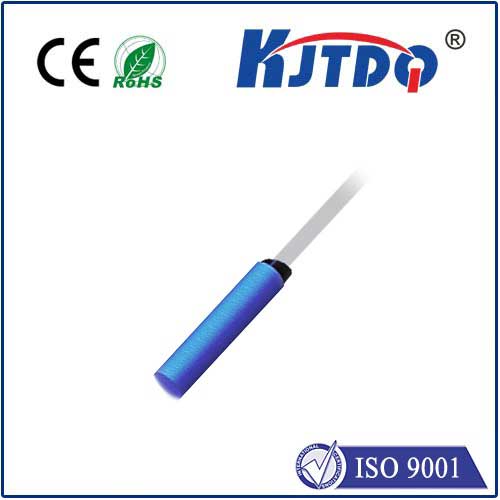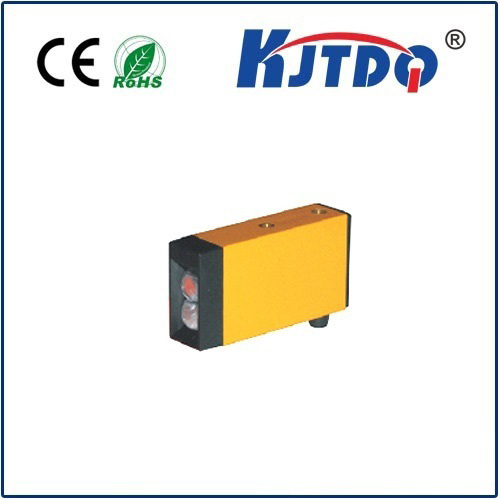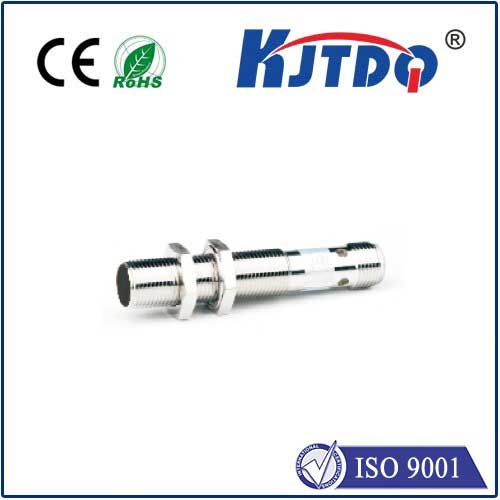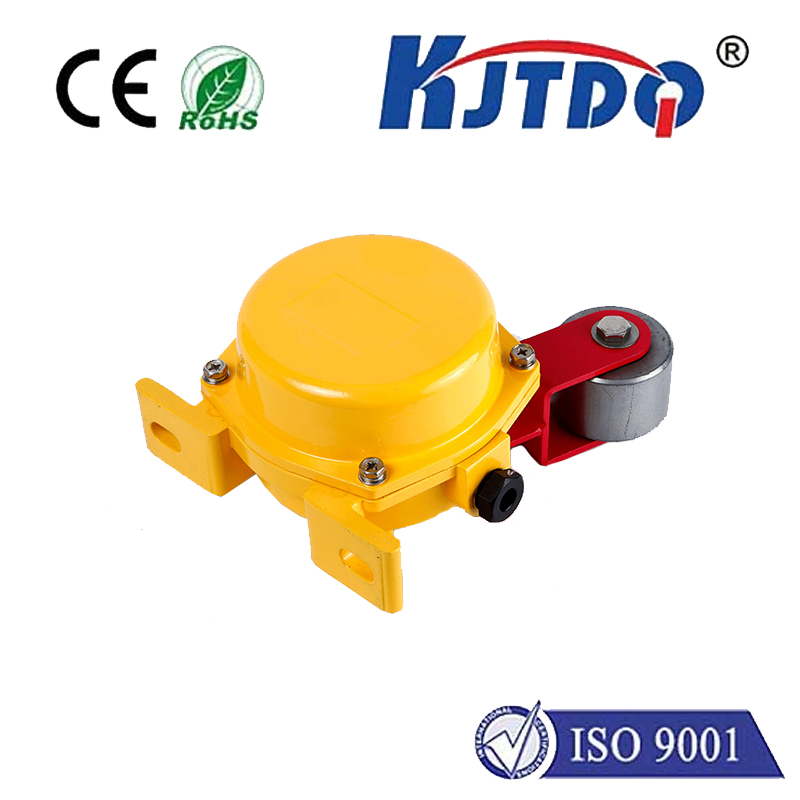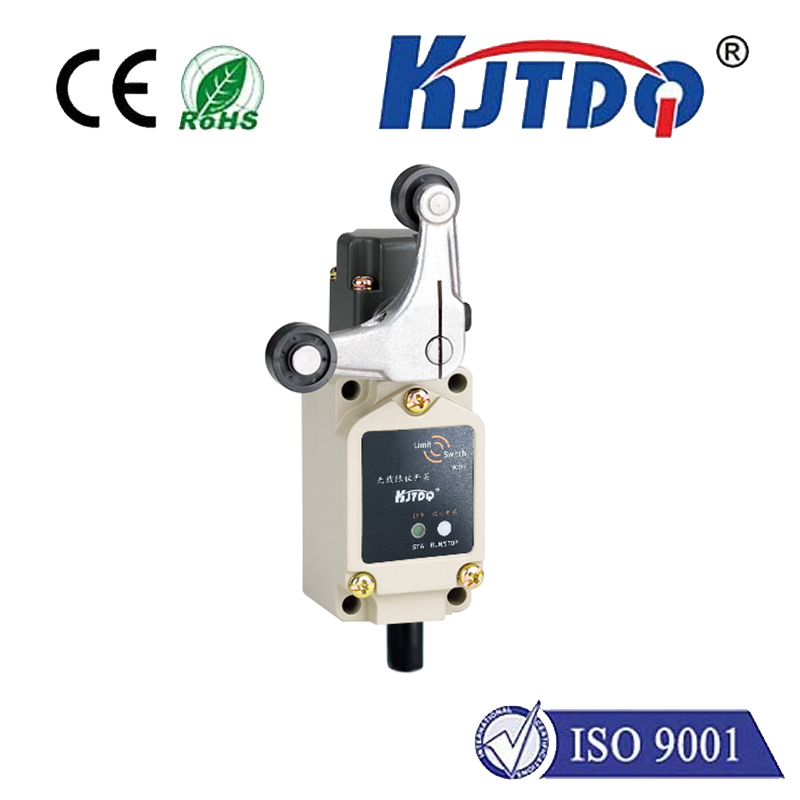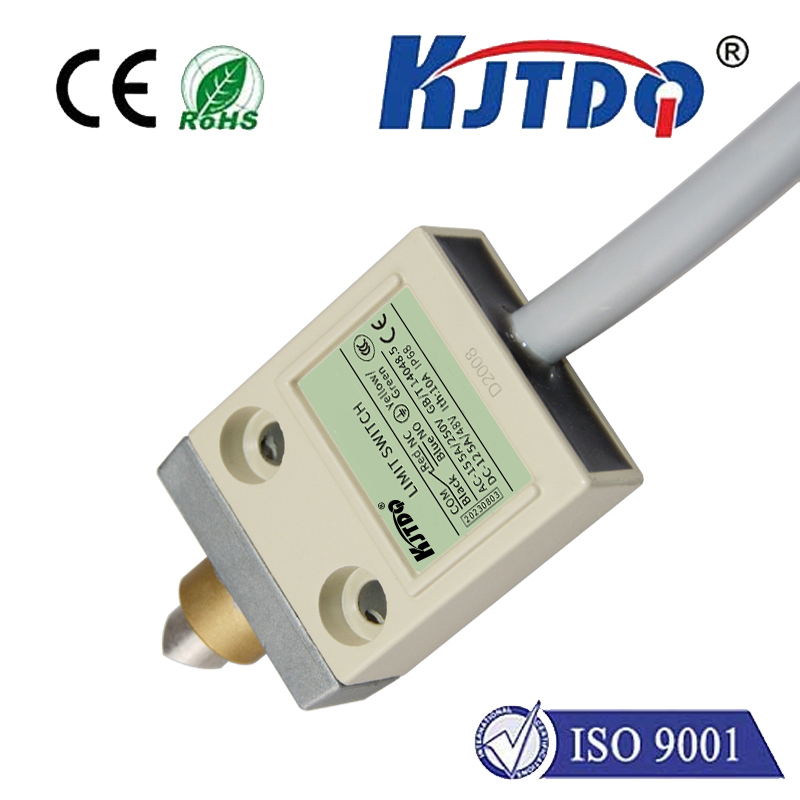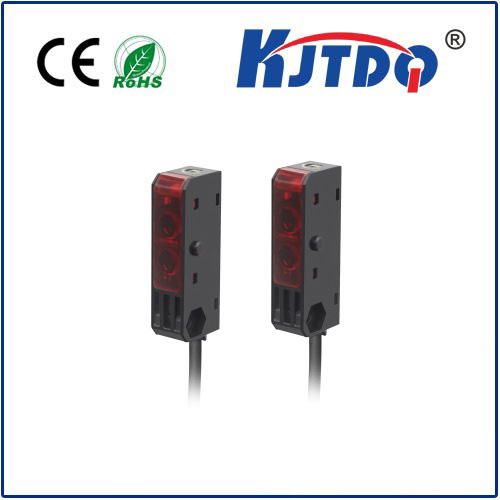Тип бесконтактного переключателя приближения
- time:2025-07-01 00:46:01
- Нажмите:0
Exploring the 5 Major Types of Non-Contact Proximity Switches: Sensing Without Touch
Imagine a high-speed production line where components whiz by at blinding speeds. Traditional mechanical switches, relying on physical contact, would quickly wear out, jam, or simply be too slow. This is where the silent workhorses of automation truly shine: non-contact proximity switches. These ingenious devices detect the presence or absence of objects without any physical touch, offering unparalleled reliability, speed, and longevity in demanding environments. Understanding the different types of non-contact proximity switches is crucial for selecting the right sensor for any industrial or commercial application.
Non-contact proximity sensors operate on various physical principles, each suited to specific materials and environmental conditions. Their core advantage lies in eliminating mechanical wear and tear, enabling millions of operation cycles, contamination resistance, and rapid response times – often critical in modern automated systems. Let’s delve into the five primary types of proximity sensors:

- Inductive Proximity Sensors
- Principle: Generate an oscillating electromagnetic field using a coil. When a conductive metal target (like steel, aluminum, brass, copper) enters this field, it induces eddy currents within the target. These eddy currents cause a measurable change (damping) in the sensor’s oscillation amplitude or frequency.
- Key Advantages: Ideal for harsh environments (resistant to dust, oil, vibration). Highly reliable for metal detection only. Excellent for short to medium sensing ranges. Immune to non-metallic materials like plastic or wood.
- Common Applications: Detecting metal parts on assembly lines (gears, pistons, tools), monitoring machine tool positions, counting metal cans/bottles, controlling valve positions, end-of-travel sensing in machinery. Robustness is a hallmark feature.
- Capacitive Proximity Sensors
- Principle: Function similarly to a capacitor. The sensor face acts as one plate, the target as the other, and the air gap as the dielectric. When a target (virtually any material - metal, plastic, wood, glass, liquids, powders) enters the electrostatic field, it changes the sensor’s capacitance, triggering the switch.
- Key Advantages: Can detect both metallic and non-metallic objects. Suitable for detecting liquids and granulated solids (like grain or powders) through non-metallic containers. Often adjustable sensitivity.
- Common Applications: Level detection in tanks (liquid or solid), detecting filled vs. empty bottles (glass/plastic), presence detection of non-metallic parts (plastic bottles, wood panels), monitoring powder flow, paper/cardboard detection. Многогранный. is their core strength.
- Ultrasonic Proximity Sensors
- Principle: Emit high-frequency sound waves (ultrasonic pulses) and measure the time it takes for the echo to return after bouncing off a target. Distance is calculated based on the speed of sound. They can operate on through-beam (separate emitter/receiver) or diffuse-reflective (single unit) principles.
- Key Advantages: Detect a wide variety of materials regardless of color, transparency, or surface texture. Effective for longer sensing ranges compared to inductive/capacitive sensors. Can measure distance, not just presence.
- Common Applications: Object detection and distance measurement on AGVs (Automated Guided Vehicles), pallet presence detection, stack height control, liquid level sensing in large tanks, detecting uneven surfaces or transparent objects like glass. Long-range and material versatility are key.
- Photoelectric Proximity Sensors
- Principle: Utilize light beams (usually infrared, visible red, or laser) for detection. Three main operating modes exist:
- Through-Beam (Opposed Mode): Separate emitter and receiver; object detected when it breaks the light beam. Longest range, highest reliability.
- Retro-Reflective: Emitter and receiver in one unit; light beam reflected off a reflector; object detected when it interrupts the beam. Simpler installation than through-beam for moderate ranges.
- Diffuse Reflective (Proximity Mode): Emitter and receiver in one unit; light beam reflected directly off the target object. Most compact; easiest installation; range depends on target reflectivity.
- Key Advantages: Extremely long sensing ranges possible (especially through-beam). Detect virtually any material that breaks or reflects light. High switching speeds. Can differentiate colors (color sensors). Flexibility in application design is significant.
- Common Applications: Bottle/can counting on conveyors, label detection, presence detection across large areas, web break detection, object positioning, security systems (beam interruption), detecting small parts, color mark sensing. Ubiquity across industries.
- Magnetic Proximity Sensors (Reed Switches or Solid-State)
- Principle: Detect the presence of a permanent magnet. The most common type uses a reed switch – two ferromagnetic reeds sealed in glass, which close (or open) when influenced by a magnetic field. Solid-state Hall effect sensors are also used.
- Key Advantages: Small size. Can be completely sealed, making them ideal for hazardous or wet environments (e.g., hydraulic cylinders). Low power consumption. Generally inexpensive. Detect magnets only.
- Common Applications: Position sensing on pneumatic or hydraulic cylinders (detecting magnet embedded in piston), door/window position sensing in security systems, detecting ferrous parts via attached magnets, simple limit switches in protected areas. Sealed operation and ruggedness are primary benefits.
Choosing the Right Non-Contact Proximity Switch
Selecting the optimal type of proximity sensor hinges on several critical factors beyond just price:
- Target Material: Metal, plastic, liquid, powder? (Inductive for metal only, capacitive for most, ultrasonic/photoelectric for all).
- Sensing Range: How far away is the target? (Photoelectric/Ultrasonic longest, Capacitive/Inductive shorter).
- Environmental Conditions: Dust, moisture, chemicals, temperature extremes? (Inductive & Magnetic often best for harsh; sealed options critical).
- Required Response Speed: How fast is the target moving? (All non-contact are fast, but inductive/photoelectric often very high-speed).
- Installation Constraints: Space available? Need separate emitter/receiver? (Diffuse photoelectric & capacitive easiest).
- Output Type Needed: Digital (PNP/NPN), Analog, IO-Link?
Non-contact proximity switches revolutionized automation by enabling reliable, high-speed, and maintenance-free object detection. Whether precisely locating a metal gear on a robotic arm with an индуктивный датчик, checking the fill level of a plastic bottle with a конденсаторный датчик, measuring pallet height with ultrasonic sensors, detecting tiny electronic components using a Фотоэлектрический датчик, or confirming a cylinder’s position with a magnetic reed switch, understanding these core types of proximity sensors empowers engineers and technicians to build smarter, more efficient, and more reliable systems. Their continued evolution ensures they remain fundamental components in the landscape of modern sensing technology.

